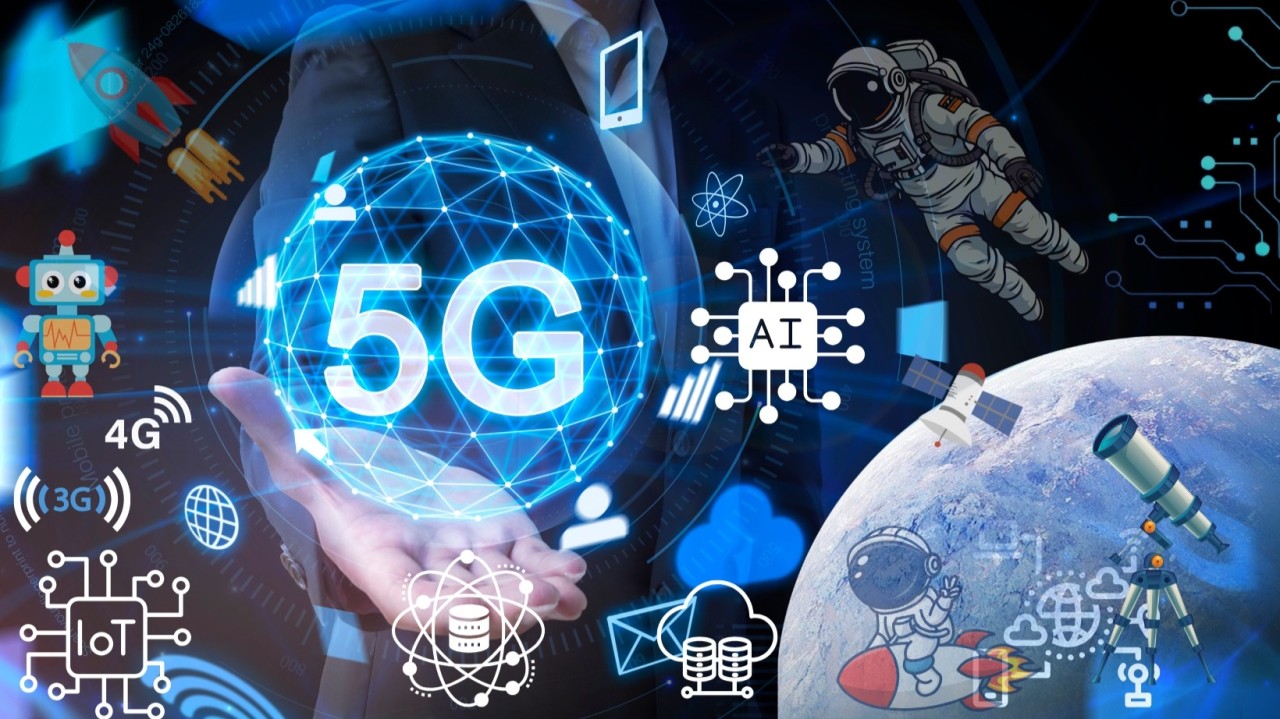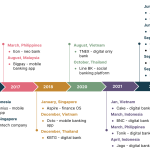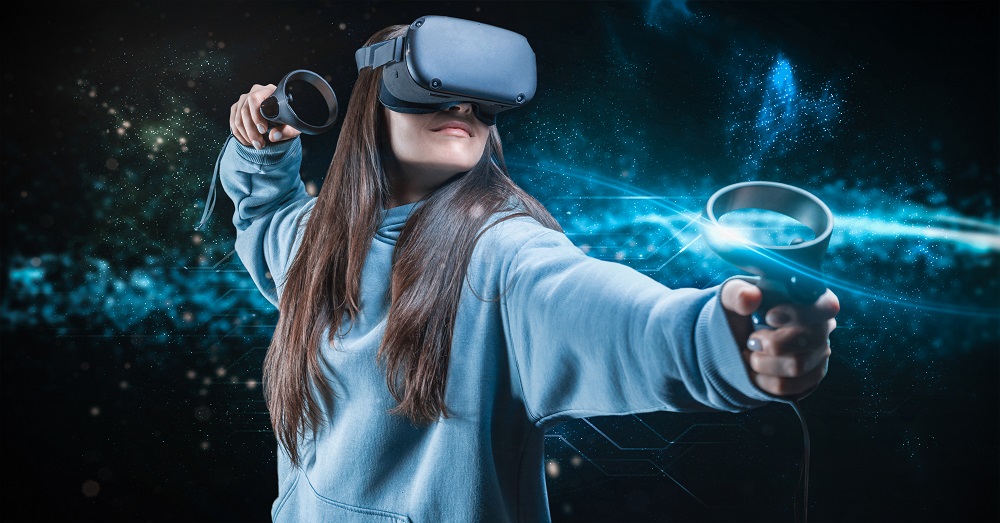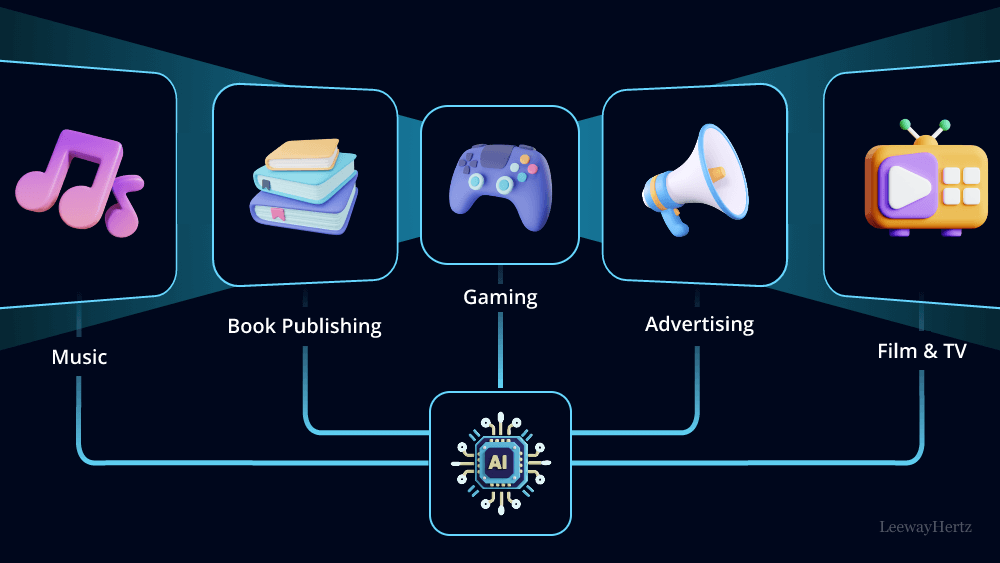Introduction
The rollout of 5G networks is transforming digital media and entertainment by enabling faster, more reliable, and higher-capacity connections. This next-generation technology is set to redefine how audiences consume content, interact with platforms, and experience immersive entertainment. From streaming and gaming to virtual reality and live broadcasts, 5G is driving innovation across the media landscape.
In 2025, media companies are leveraging 5G to deliver high-quality video, real-time interactive experiences, and personalized content at unprecedented speeds. The technology is reducing latency, increasing bandwidth, and unlocking new possibilities for creators and consumers alike.
Faster Streaming and Enhanced Video Quality
One of the most immediate impacts of 5G is on video streaming. Ultra-high-definition content, including 4K and 8K video, can now be streamed seamlessly without buffering or interruptions. This improvement enhances user experience and allows media platforms to offer premium content at scale.
Live events, sports broadcasts, and concerts are benefiting from faster connections. Viewers can enjoy multiple camera angles, instant replays, and real-time statistics, creating a more immersive and engaging experience.
Revolutionizing Online Gaming
The gaming industry is experiencing a major transformation thanks to 5G. Low-latency networks allow for real-time multiplayer gaming, cloud-based game streaming, and interactive experiences that were previously impossible on mobile devices.
Developers can now create complex, graphically rich games that function smoothly on smartphones, tablets, and VR devices. This has expanded the gaming market and increased accessibility for casual and professional gamers worldwide.
Virtual and Augmented Reality Experiences
5G is accelerating the adoption of virtual reality (VR) and augmented reality (AR) in entertainment. High-speed connections enable immersive experiences without lag or motion sickness, making VR concerts, AR-enhanced films, and interactive training simulations feasible for mass audiences.
Media companies are integrating AR and VR into advertising campaigns, storytelling, and experiential marketing, offering consumers interactive and personalized experiences. This convergence of technology and creativity is redefining audience engagement.
Enhanced Content Personalization
5G networks support advanced AI-driven analytics that allow media platforms to deliver highly personalized content. Streaming services can recommend shows, music, and games based on real-time user behavior, preferences, and location.
This level of personalization increases engagement and retention while giving creators insights into audience interests. Media organizations can now tailor campaigns, releases, and interactive experiences more effectively than ever.
Cloud-Based Media Production
5G facilitates cloud-based production workflows, allowing teams to collaborate remotely in real time. Video editing, special effects, animation, and sound design can be performed on cloud platforms without the need for local hardware, reducing costs and speeding up production timelines.
Studios can now scale production dynamically, enabling simultaneous work on multiple projects and easier integration of AI-powered tools for content creation and quality control.
Live Streaming and Event Coverage
Live streaming is experiencing a renaissance due to 5G technology. Events such as concerts, sports, and award shows can be broadcast in real time with multiple perspectives and interactive features. Audience members can engage directly through polls, social media integration, and virtual meet-and-greets.
This technology also enables journalists to cover breaking news in real time, transmitting high-quality video from remote locations without delays, enhancing reporting and storytelling capabilities.
Opportunities for Advertising and Marketing
5G opens new opportunities for media advertising and marketing. Interactive ads, immersive AR campaigns, and location-based promotions are now possible, allowing brands to connect with audiences in innovative ways.
AI-driven analytics combined with high-speed 5G networks provide marketers with immediate feedback on campaigns, enabling real-time adjustments and more effective targeting. This convergence of speed, interactivity, and analytics is reshaping the advertising ecosystem.
Challenges and Considerations
Despite its benefits, 5G adoption faces challenges. Infrastructure deployment requires significant investment, and coverage is still limited in certain regions. Additionally, increased data consumption raises concerns about network congestion and cybersecurity risks.
Media organizations must also consider content accessibility. While 5G allows high-quality streaming, audiences without 5G-compatible devices or connections may face barriers, potentially widening the digital divide. Companies need strategies to ensure inclusivity while leveraging cutting-edge technology.
Future Outlook
The long-term impact of 5G on digital media and entertainment is expected to be transformative. Enhanced connectivity will drive new content formats, interactive experiences, and immersive storytelling. AI, VR, AR, and cloud production will converge, enabling creative possibilities that were previously unimaginable.
Media companies that embrace 5G while addressing infrastructure, security, and inclusivity challenges will lead the next era of entertainment innovation. The technology promises a more connected, interactive, and personalized media landscape for global audiences.
FAQs
How does 5G improve streaming quality?
5G increases bandwidth and reduces latency, allowing high-definition and ultra-high-definition video to stream seamlessly without buffering.
What role does 5G play in gaming?
5G enables low-latency multiplayer gaming, cloud-based streaming, and immersive VR/AR experiences for mobile and console players.
Can 5G enhance live event coverage?
Yes. 5G allows multiple camera angles, interactive features, and real-time broadcasts from remote locations.
What are the challenges of 5G adoption in media?
Challenges include infrastructure costs, coverage gaps, cybersecurity risks, and ensuring accessibility for all users.
How does 5G affect personalized content?
5G supports AI-driven analytics that deliver personalized recommendations, interactive ads, and location-based content tailored to individual users.
Conclusion
5G is transforming digital media and entertainment by enabling faster streaming, immersive experiences, and real-time interactive content. It is driving innovation across gaming, video production, live broadcasting, and advertising, offering unprecedented opportunities for creators and consumers alike.
However, technological progress must be balanced with accessibility, security, and inclusivity. The true potential of 5G will be realized when media companies leverage its capabilities to enhance storytelling, engagement, and personalization while ensuring that all audiences can participate in this connected entertainment future.











